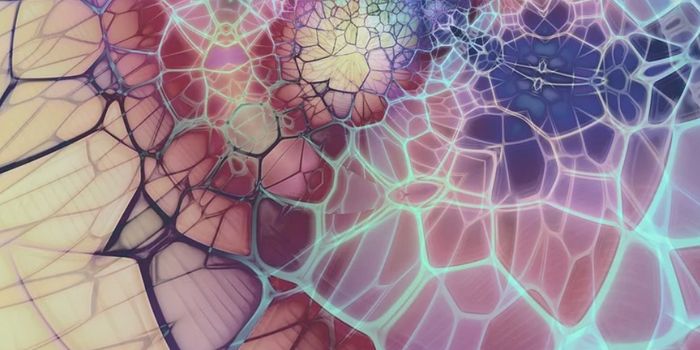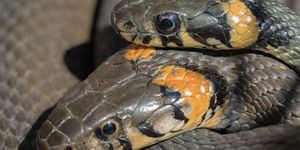Ancient Mutation may Help Explain Origin of Human Organs
Not all genetic mutations are harmful; some have no effect at all, and sometimes they might even be helpful. Researchers have reported that a neutral mutation having no real purpose and occurring randomly over 700 million years ago may help to explain the origins of complex structures like organs in humans and other vertebrates. These findings, led by CRG group leader Manuel Irimia, university professor Jordi García-Fernàndez, of the Faculty of Biology and the Institute of Biomedicine of the University of Barcelona (IBUB), and Maria Ina Arnone (Anton Dohrn Zoological Station, Italy, were reported in Nature Communications.
For this kind of study, researchers compare the development of organisms from the embryo, which can show how different species arise. The mutation in this research happened around the time that our evolutionary ancestors split from sea anemones, and impacted a gene in the fibroblast growth factor receptors (Fgfr) family. This alteration in the genetic code linked the network of genes controlled by Fgfr to a network regulated by ESRP, a group of regulatory proteins. The resulting processes laid the groundwork for many structures in vertebrates like the inner ear, lungs, and forelimbs.
The same gene can give rise to different proteins that can act in entirely different ways by editing those genes a little differently, in a phenomenon called alternative splicing (check out a video explaining it below). ESRP controls that process in some human cells. Their presence or absence dictates what other kinds of proteins the cells end up producing. The ESRP family can also influence how cells interact with neighboring cells during the development of an embryo. It’s importance in evolution had not been revealed until now, however.
"We have studied the functions of ESRP genes during the embryogenesis of various animals. Our results suggest that these genes were part of an ancient genetic machinery, shared by animals as diverse as fish, sea urchins and ourselves, that controls the integration of certain cells into the linings of developing organs. This is a fundamental step in the formation of some organs, and it is the reverse of a process that is central to cancer metastasis, by which cells leave the tumor to colonize other parts of the body" explained Manuel Irimia.
This work suggests that chance has played a critical role in the development of our species and highlights the wildly different results that can be produced from small tweaks in the same gene.
"Clearly, the most exceptional result of the work is the proof of how important serendipity is for evolution. It is surprising to find that a single gene (ESRP), through its ancestral biological role (cell adherence and motility) has been used throughout the animal scale for very different purposes: from the immune system of an echinoderm to the lips, lungs or inner ears of humans," said professor Jordi Garcia-Fernàndez.
"The new discovery confirms how versatile biological evolution is: the same foundation and gene tools can be used to build a wood cabin or a skyscraper," concluded Garcia-Fernàndez.
The video above explains how scientists use the sequences of genes from different species to study evolution.
Sources: AAAS/Eurekalert! Via Center for Genomic Regulation, Nature Communications









